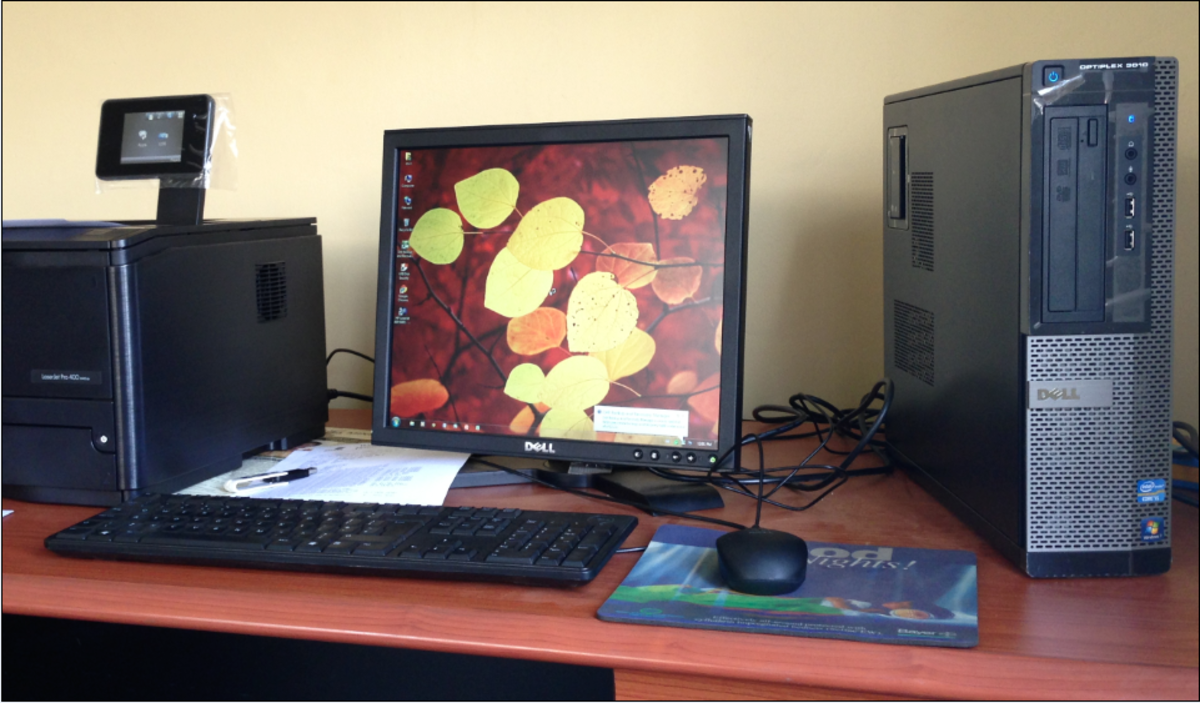While many people understand the benefits of the first three generations of computers, they may not know as much about the fourth generation. This is because the fourth generation is still in development. However, there are already some advantages to using this type of Computer. The fourth generation of computers is more powerful and efficient than previous generations. They are also smaller and more portable.
Introduction: What are the five types of computer generation?
Significant technological developments characterize the five generations of computers. The first generation used vacuum tubes and was developed in the 1940s. The second generation used transistors and was developed in the 1950s. The third generation used integrated circuits and was developed in the 1960s. The fourth generation used microprocessors and was developed in the 1970s.
What is the latest generation of Computers?
The technologies that became the Core of the modern Computer began to develop in the 1950s, including the program Acropolis in the United States (1958) and the first working digital computer development. The latest generation of Computers is the sixth generation. This generation started in the early 2020s and is still ongoing. The following pages are the fifth (called quintessential or Core), the fourth (semi-public or ARMv8), the third (powered by Arm or ARMv7), the second (starts with Alpha), and the first (starts with Apple).
What is the fourth generation of Computers?
The fourth generation of Computers is marked by the development of microprocessors, which are small computers on a single integrated circuit. The microprocessor is a descendant of the calculator, specifically the binary calculator, developed for the Bureau of Commerce in the 1950s. The modern microprocessor was introduced in 1970. The integrated circuit has made incredible progress in its evolution. An integrated circuit is a set of components on a single piece of silicon. As more complex parts have replaced transistors, the Computer has become smaller and faster.
When was the 4th generation computer invented?
The first 4th generation computers were created in the early 1970s. However, they had many features that modern computers don’t, such as a keyboard, monitor, and paper printout; they were not considered “cybernetics” — machines that can also perform Computer-aided tasks without human intervention. It wasn’t until the early 1980s that the first cybernetic, or 4th generation computer, the Apple II, was released.
Things You Should Keep In Your Mind:
- What is a microcomputer?
- What are the components of a microcomputer?
- How powerful are microcomputers?
- Where can microcomputers be used?
- How fragile are microcomputers?
- Are microcomputers a new technology?
What are the features of fourth-generation computers?
Fourth-generation computers were characterized by their use of integrated circuits. These computers were much smaller, faster, and more energy-efficient than their predecessors. The microprocessor, a component that processes and executes commands and instructions, became more sophisticated. Its ability to rapidly perform programs and map data according to those programs made the microprocessor essential for third-generation computers. If you’re interested in learning more about the evolution of the microprocessor, check out this great history written by Michael Dell. Even though third-generation computers used the microprocessor, they were still large and relatively slow.
What are the advantages of fourth-generation computers?
Fourth-generation computers are more powerful, reliable, and energy-efficient than previous generations. They use newer technology, such as microprocessors, to increase speed and performance. These computers are also easier to use because they have more features and functionality. The first generation of computers (also called First-generation or FG1) was introduced in the 1970s. These computers are slowly being phased out in favor of the second generation (also called Second-generation or SG1) of computers. The second generation of computers was introduced in the 1980s. Features from this generation appear in many consumer electronics products, such as game consoles and smartphones.
What industries are using fourth-generation computers?
The fourth generation of computers, microcomputers, became popular in the 1970s. They were smaller, cheaper, and more powerful than previous generations of computers. This made them more accessible to individuals and businesses. They were also known as microcomputers because they started to appear on the market in 1971, just one year after introducing the first microcomputer, the MITS Altair 8800. A microcomputer is a computer that is small enough to be placed on a table but is powerful enough to be used by a person. They are made up of integrated circuits and are much more fragile than traditional mainframes and minicomputers.
Conclusion
A fourth-generation computer is a computer that uses a fourth-generation programming language, which is a type of computer language that is higher level than assembly language and allows a programmer to write programs that are more abstract and portable.


